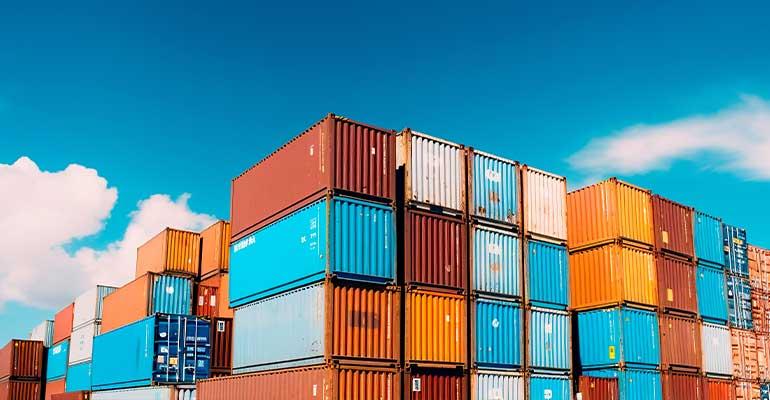In a significant development that aligns with the objectives of the National Transport and Logistics Strategy (NTLS), Saudi Arabia has solidified its competitiveness and global standing. The Saudi Ports Authority (Mawani) attained its highest improvement in UNCTAD's Liner Shipping Connectivity Index (LSCI) for Q4 2023, securing a remarkable score of 79.01 points. This achievement adds to the recent major records, including a score of 77.66 during Q3.
Several factors contributed to this accomplishment. In 2023, 28 new cargo services were added in collaboration with leading shipping liners. The Kingdom also made significant progress in container handling, rising from the 24th position to the 16th position in the Lloyd's List One Hundred Ports rankings. Additionally, Saudi Arabia jumped 17 places in the World Bank's Logistics Performance Index (LPI) to secure the 38th position out of 160 countries.
Mawani's success can be attributed to its continuous infrastructure upgrades and modernization efforts. The optimization of operations, implementation of initiatives to automate port operations, and deployment of cutting-edge equipment align with their mission to adopt smart technologies. Furthermore, Mawani's commitment to facilitating import and export procedures has promoted national exports and fostered global maritime trade, ultimately reducing the cost of port operations.
The Liner Shipping Connectivity Index (LSCI) aims to enhance global port connectivity and increase the number of shipping lines. It achieves this by considering various sub-indicators such as the frequency of scheduled vessel visits per week, standardized ship capacity, and the availability of regular service routes provided by shipping lines for inbound and outbound transportation. These indicators evaluate the level of connectivity between ports across different countries and their associated shipping line networks.
Copyright © 2024. All rights reserved. Seatrade, a trading name of Informa Markets (UK) Limited.
Add Seatrade Maritime News to your Google News feed.  |

